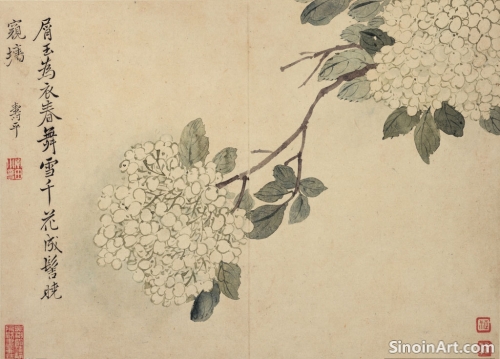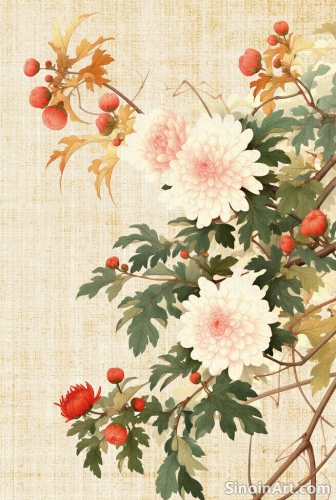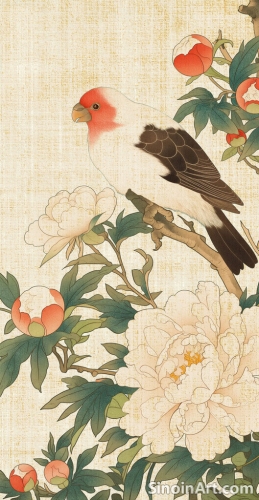Gongbi and the Depiction of Jewelry and Accessories
|
The meticulous nature of Gongbi painting lends itself exceptionally well to the depiction of jewelry and accessories. Artists capture the intricate details, reflective surfaces, and delicate craftsmanship of these objects with remarkable accuracy, adding layers of visual interest and cultural significance to their paintings. The accurate depiction of these details often reveals a mastery of technique.  Gongbi artists often use fine lines and subtle shading to convey the textures and forms of various jewelry pieces, from the smooth surfaces of jade and pearls to the faceted edges of gemstones. The precision in depicting each facet and curve reveals the skill of the artist.  The reflective quality of metals and precious stones is also often captured through subtle variations in color and value. Artists often layer thin washes of color to create the illusion of light reflecting off these surfaces. This technique requires both great skill and an understanding of how light interacts with different materials.  Beyond visual accuracy, the depiction of jewelry and accessories can also convey information about the wearer's social status, cultural background, and personal taste. Specific styles of jewelry often correspond with a specific time or social standing, providing clues to the historical or cultural context. The presence of carefully rendered jewelry and accessories also adds visual richness and detail to the overall composition. These details transform the image from a simple representation to a work that is both visually complex and culturally meaningful. The attention to the accessories adds layers of meaning to the overall image. Ultimately, the depiction of jewelry and accessories in Gongbi painting reveals the artists’ technical mastery, their keen observation of the material world, and their ability to imbue their artwork with both visual beauty and cultural context. The works transform simple objects into signifiers of culture and history. |
Tag : Gongbi jewelry, detailed accessories, Chinese art details, painting techniques, rendering textures
Related information
- Collecting Gongbi Art: Appreciation and Investment
- Collecting Gongbi: Insights and Considerations for Art Enthusiasts
- Gongbi and Xieyi: Two Sides of the Brush
- Gongbi Painting as a Form of Cultural Preservation
- The Delicate World of Gongbi: An Introduction
Provides guidance on collecting Gongbi art, emphasizing aspects such as material quality, artist reputation, personal appreciation, and the investment value of collecting.
This article provides insights for art enthusiasts interested in collecting Gongbi paintings, focusing on the importance of brushwork quality, authenticity, subject matter, composition, and proper care for these delicate artworks.
This article contrasts Gongbi and Xieyi painting styles, highlighting their differing approaches to brushwork, techniques, subject matter, and overall artistic expression.
This article explores the role of Gongbi painting as a form of cultural preservation, highlighting its function in documenting history, preserving traditional skills, and communicating cultural values, and ensuring that heritage is passed down for future generations.
This article introduces Gongbi painting as a precise and detailed art form within Chinese traditional art, highlighting its techniques, historical themes, materials, and contemporary relevance.